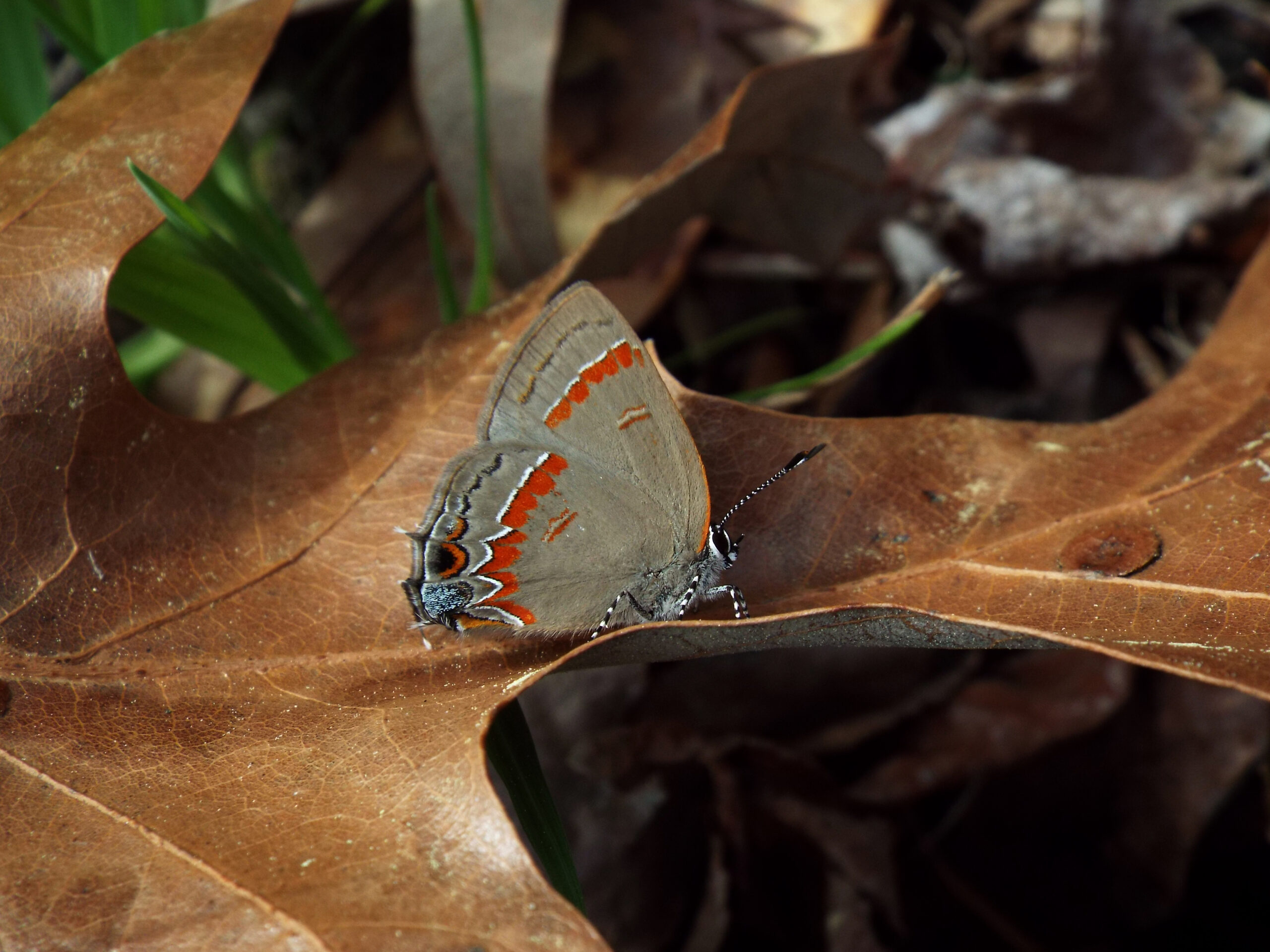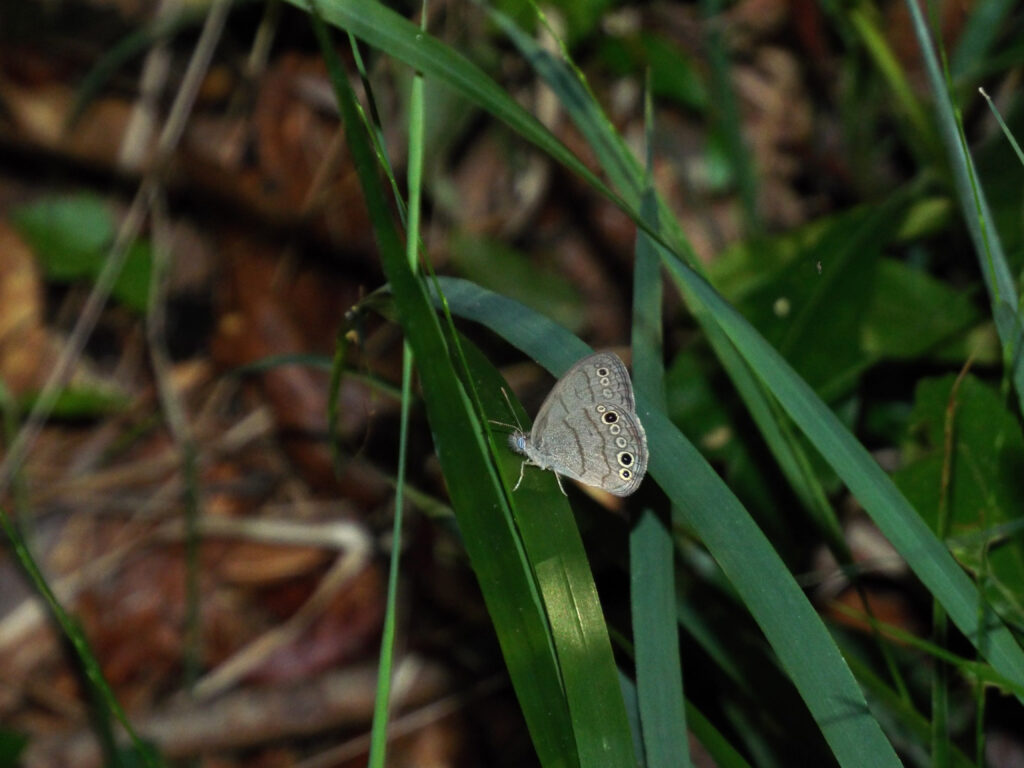
For this week’s Flora and Fauna Friday, in preparation for our morning Butterfly Walk with Dr. Dennis Forsythe next Thursday, August 31st, we’re taking a less “specific” look at some of our wildlife. I wanted to introduce you guys to a few of our more common butterflies and give a brief introduction to the 5 taxonomic Families of butterflies found in our area.
To start off, the way you tell a butterfly from a moth is the antennae. Moths have feathery antennae. Butterflies have clubbed antennae. Butterfly antennae look like a honey dipper or half of a cotton swab.


The first family I’ll talk about are the Swallowtails, Papilionidae. The family gets its name from the thin projections on the bottom of their hindwings, which are reminiscent of the tail feathers of a Barn Swallow. These “swallow-tails” and their pointed forewings make the family easy to recognize. The Swallowtails are our smallest family but largest butterflies. We have 5 species in our area. All of whom are over 5 inches in wingspan and varying degrees of black and yellow.

Second are the Whites and Sulphurs, Pieridae. This family is named for its species’ vibrant and consistent coloration. In our area we have about 10 regularly occurring species, all of which are some shade of bright yellow or white. They range in size from the quarter-sized Little Yellow to the Cloudless Sulphur which can sport up to a 6-inch wingspan.


Third are the Gossamer-wings, Lycaenidae. This family is named for how petite and fragile many of its species are. We have about 15 regularly occurring species in our area that are split into two groups: the Blues and the Hairstreaks. The Blues are tiny and pale gray, with a blue iridescence on the inside of their wings. The Hairstreaks are also very small, but not as much as the Blues, and generally gray with prominent bands and orange markings on the outside of theirs wings.




Fourth are the Brushfoots, Nymphalidae. Some species in the family have specialized hairs on two of their feet, giving those feet a brush like appearance, hence the family name. This results in members of the family typically only using 4 of their 6 legs to hold onto a surface while perched, keeping their “brush-feet” against their body. An easy way to identify the family is by this 4-legged behavior. Nymphalidae is a family of butterflies with very diverse patterns and body shapes. The Zebra Longwing, Monarch, and Pearl Crescent are all in this family. There are about 25 common species of Brushfoots in our area.


Last are the Skippers, Hesperiidae. The family is named for their rapid, jerking flights when moving between plants. Skippers are shaped very differently from our other butterfly families. They have a very triangular, streamlined appearance and are mostly small. This is because they’re built for maneuverability. Those small thin wings let them to beat their wings much faster, allowing them to accelerate rapidly and fight wind currents. You can sometimes even hear them fly past your head. Their compact shape allows them to take advantage of smaller and more widely spaced flowers. Which is good because that active lifestyle means they need to eat more than other butterflies their size. Skippers are very diverse in our neck of the woods. We have roughly 35 regularly occurring species. Much to the chagrin of beginning butterfly enthusiasts, most of them look pretty much the same.